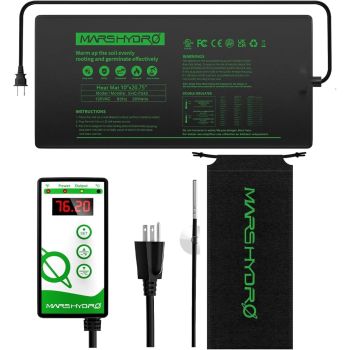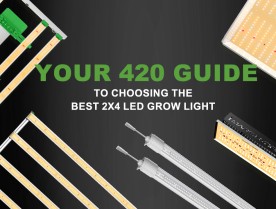
Welcome to the vibrant world of gardening, where the thrill of watching your seeds sprout into life marks the beginning of a rewarding journey. For enthusiasts keen on giving their seeds the best start, heat mats have emerged as a game-changer.
Yet, for all their benefits, heat mats come with their own set of rules for optimal use. Using them effectively requires an understanding of certain principles, as it's all too easy for small errors to diminish their advantages, leading to outcomes that are far from what any gardener would wish for their seedlings. In this guide, we'll explore five common pitfalls associated with heat mat use and provide insights on how to navigate these challenges to ensure your seed-starting process is not just successful, but truly flourishing.
1. Misjudging Seed Needs

First and foremost, it's crucial to understand that heat mats are not one-size-fits-all solutions. Heat mats are ideally suited for crops or seeds that require warmth to kickstart their germination process. These devices, simple flat surfaces that generate warmth, are designed to enhance germination rates and expedite the sprouting process. They are particularly valuable for warm-weather crops. For example, pepper seeds, which usually take a month to germinate, can begin sprouting in as little as a week with heat mat assistance. This advantage not only improves germination outcomes but also significantly reduces the waiting time for those eagerly anticipated first shoots.
However, it's important to be mindful of common mistakes that can undermine their effectiveness. A significant error some gardeners make is using heat mats for the wrong types of seeds. Warmth-dependent seeds, such as those of many warm-weather crops, thrive with the use of heat mats. On the other hand, applying heat mats to cold-hardy crops like brassicas (cabbage, kale, broccoli), as well as peas and lettuce, can be counterproductive. These crops naturally germinate quickly in cool conditions, and introducing artificial warmth can accelerate their growth prematurely. This often results in seedlings that grow too fast, becoming leggy and unstable, and ultimately more susceptible to damage.
2. Overcrowding: A Space Issue
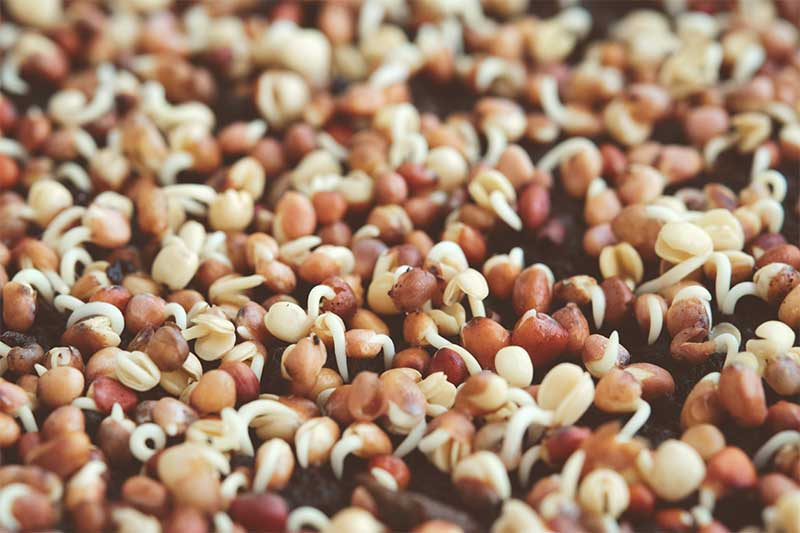
The next mistake that a lot of gardeners make is overloading a single heat mat with more trays or seed cells than it can effectively warm. Often, gardeners might place two trays on one mat or only partially cover a tray with warmth, planning to switch the positioning after a few days to warm the remaining section. This practice, however, leads to inconsistent germination, with seeds sprouting at varying times. This creates a mixture of seedlings at different growth stages, complicating tasks such as fertilizing or transplanting to larger containers. The inconsistency can also stress the seedlings and significantly hamper the germination rate, as the seeds are subjected to fluctuating temperatures not conducive to their growth.
It's important to recognize that heat mats are designed to provide targeted warmth directly above their surface and are not intended to warm the surrounding area. Overcrowding the mat means that not all seeds receive the necessary heat, leading to uneven germination. Heat mats are typically sized to match standard 10 by 20-inch trays, ensuring that a single tray placed on the mat receives uniform warmth. This arrangement ensures that all seeds germinate simultaneously, leading to a cohort of seedlings that are the same age, which is advantageous for their collective care and development in the long term.
3. The Pitfalls of Inconsistent Heating

Another common mistake involves turning your heat mat on and off while your seeds are still trying to sprout. A lot of gardeners will hook up their heat mat to their timers that have all of their lights attached to it, so that when the lights turn off so does their heat mat. This practice leads to uneven temperature shifts, which can negatively impact germination by causing sporadic sprouting. Seeds require a stable environment to germinate effectively, and the constant temperature changes introduced by linking heat mats to light timers are far from ideal.
To avoid this issue and promote uniform germination, it's crucial to keep the heat mat on a separate control system from your lights. Ensuring that your seeds receive consistent warmth until they sprout can markedly improve germination rates and speed up the entire sprouting process. By maintaining a steady temperature, you avoid the delays and complications associated with the on-and-off approach, facilitating a more efficient transition of your seedlings from indoor start to garden transplant.
4. Overheating After Sprouting
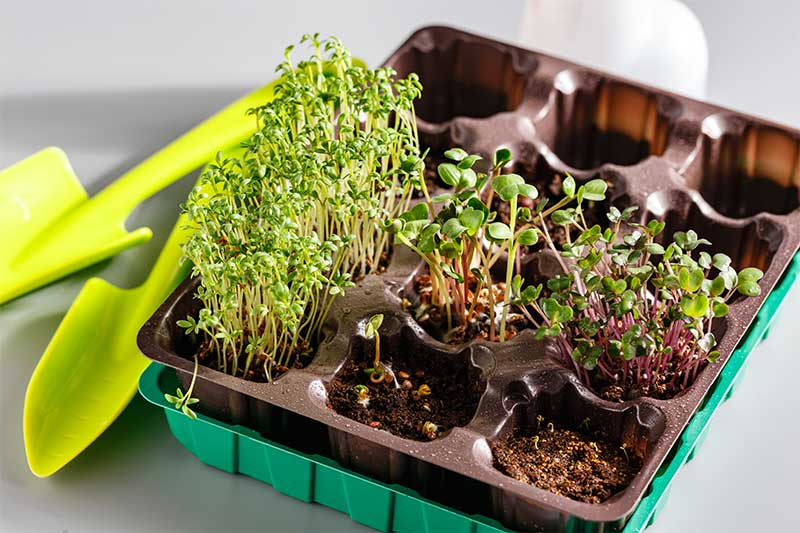
The fourth mistake to watch for when using heat mats involves leaving them on after seeds have begun to sprout. Initially, the warmth from the heat mat, typically between 80 to 90 degrees Fahrenheit, is crucial for breaking dormancy and stimulating germination. However, the needs of seedlings shift dramatically once they emerge.
The temperature requirements of seeds and their sprouted counterparts are markedly different. For instance, while pepper seeds thrive in the warmer germination conditions provided by heat mats, the sprouted plants perform best in cooler environments, around 65 to 75 degrees Fahrenheit. This significant temperature disparity means that continuing to provide the higher heat levels post-sprouting can lead to problems down the line.
Continuing to expose sprouted seedlings to this high temperature can lead to rapid, unsustainable growth, making them leggy and vulnerable. Essentially, the seedlings outgrow their strength, becoming prone to falling over and susceptible to various stresses.
To ensure the healthy development of your seedlings, it's crucial to remove them from the heat mat once they start to sprout, thereby offering the cooler conditions they need to grow strong and resilient.
5. Overlooking the Crucial Role of Humidity Domes
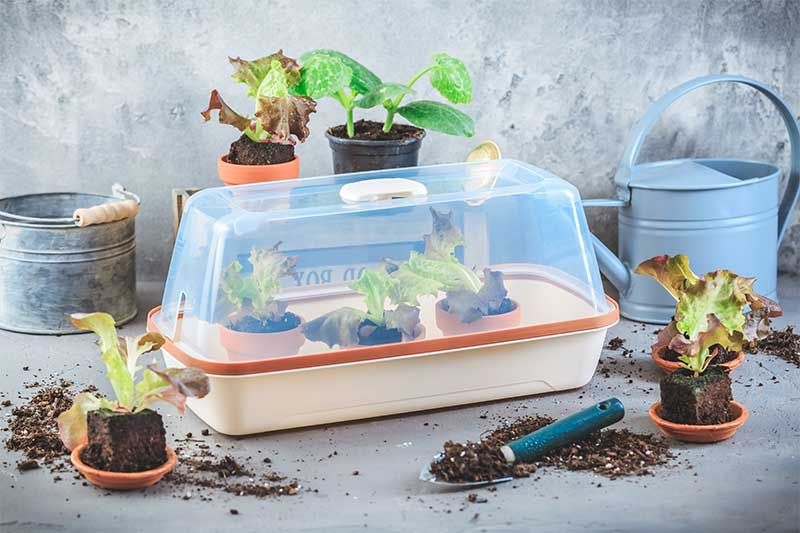
The fifth and final challenge you might encounter with heat mats involves the absence of a humidity dome. Utilizing a humidity dome is critical for trapping heat right where it's needed - around your seeds. Without one, much of the heat from the mat dissipates into the air, leading to less efficient germination.
More than just retaining heat, a humidity dome plays a pivotal role in maintaining moisture levels. During germination, consistent moisture is vital for seed sprouting; a lack of it can lead to seed and root desiccation, rendering the seeds nonviable.
A well-managed humidity dome setup means you'll likely only need to water your seeds once before they sprout, significantly reducing the risk of drying out, especially in smaller cells. However, it's essential to choose a dome with a vent or to remove an unvented dome periodically. This precaution prevents the buildup of excessive humidity, which can lead to seed rot. A dome ensures that the warmth and moisture are contained, creating an ideal microenvironment for germination. But remember, it's crucial to balance these conditions to prevent overheating or overly humid conditions that could harm your seeds.
By periodically adjusting the dome, you ensure your seeds receive the right mix of air, moisture, and warmth, setting the stage for optimal germination and healthy seedling development.
Conclusion
Heat mats are a potent tool in a gardener's arsenal, capable of transforming the seed-starting process. Yet, their effectiveness hinges on correct usage and an understanding of the specific needs of different seeds. By sidestepping these common errors and adhering to best practices, gardeners can harness the full potential of heat mats, leading to a flourishing start for their future gardens. Here's to a season of abundant growth and the joy of gardening success!


